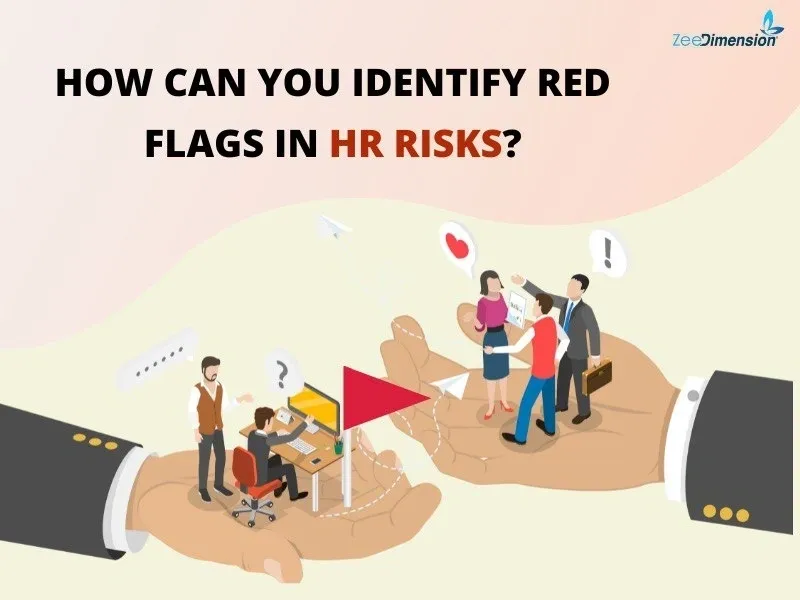
Identifying potential HR risks is crucial for safeguarding your organization. Let’s dive into some common HR red flags and the actions you can take to mitigate them.
Case 1: Duplicate Employee and Vendor Bank Details
Risk: Employees and vendors sharing bank details could signal fraudulent activities.
Action: Investigate overlapping bank details to prevent unauthorized payments. Implement controls to ensure employees aren’t registered as vendors without proper checks.
Case 2: Matching Employee and Vendor Addresses
Risk: When employees and vendors have matching addresses, it could indicate data errors or the creation of fictitious records.
Action: Review and verify records with matching addresses. Correct inaccuracies and establish protocols to avoid overlaps.
Case 3: Multiple Employees Sharing the Same Address
Risk: Shared addresses among employees might point to fraudulent behavior, like fake employees.
Action: Investigate shared addresses to confirm legitimacy. Remove any fictitious employee records and enhance verification processes.
Case 4: Employees with Identical Name
Risk: Identical names in the employee database can lead to payroll errors or signal fraud.
Action: Cross-check identification details for authenticity and ensure systems can flag potential duplicates during onboarding.
Case 5: Duplicate Social Security Numbers
Risk: Duplicate social security numbers could either be an error or a sign of multiple payroll records for the same individual.
Action: Immediately investigate and verify employee identities. Strengthen validation checks during data entry.
Case 6: Employees with Invalid Social Security Numbers
Risk: Invalid social security numbers may suggest data entry errors or attempts to create fraudulent records.
Action: Review and correct invalid social security numbers. Implement automated validation checks to ensure accuracy.
Case 7: Missing Critical Employee Data
Risk: Missing bank details in employee records can delay payments or enable fraudulent activities.
Action: Complete all incomplete records with accurate bank details. Make key fields mandatory during onboarding.
Case 8: Employees Terminated Within 120 Days of Hire
Risk: A pattern of early employee terminations could indicate a scheme involving fake employees.
Action: Review hiring and termination records to understand these patterns. Implement safeguards to prevent short-lived, fictitious hires.
Case 9: Employee Master Data Changes Over a Weekend
Risk: Weekend changes to employee data may signal unauthorized access or malicious activity.
Action: Investigate unusual data changes and restrict such actions to business hours unless approved by senior management.
Case 10: Multiple Changes to Employee Bank Detail
Risk: Frequent changes to bank details can undermine payroll data integrity and suggest suspicious activity.
Action: Ensure that all bank detail changes are authorized and documented. Strengthen controls for updating sensitive information.
Stay Ahead of HR Risks
Proactively identifying and addressing HR risks can save your organization from potential financial and reputational damage. Stay vigilant, implement robust controls, and keep your HR data secure.
🎞 𝑭𝒐𝒓 𝒎𝒐𝒓𝒆 𝒅𝒆𝒕𝒂𝒊𝒍𝒔 𝒂𝒏𝒅 𝒊𝒏𝒇𝒐𝒓𝒎𝒂𝒕𝒊𝒐𝒏, 𝒇𝒐𝒍𝒍𝒐𝒘 𝒖𝒔 𝒐𝒏 𝒀𝒐𝒖𝑻𝒖𝒃𝒆 𝒂𝒏𝒅 𝒘𝒂𝒕𝒄𝒉 𝒎𝒐𝒓𝒆:







